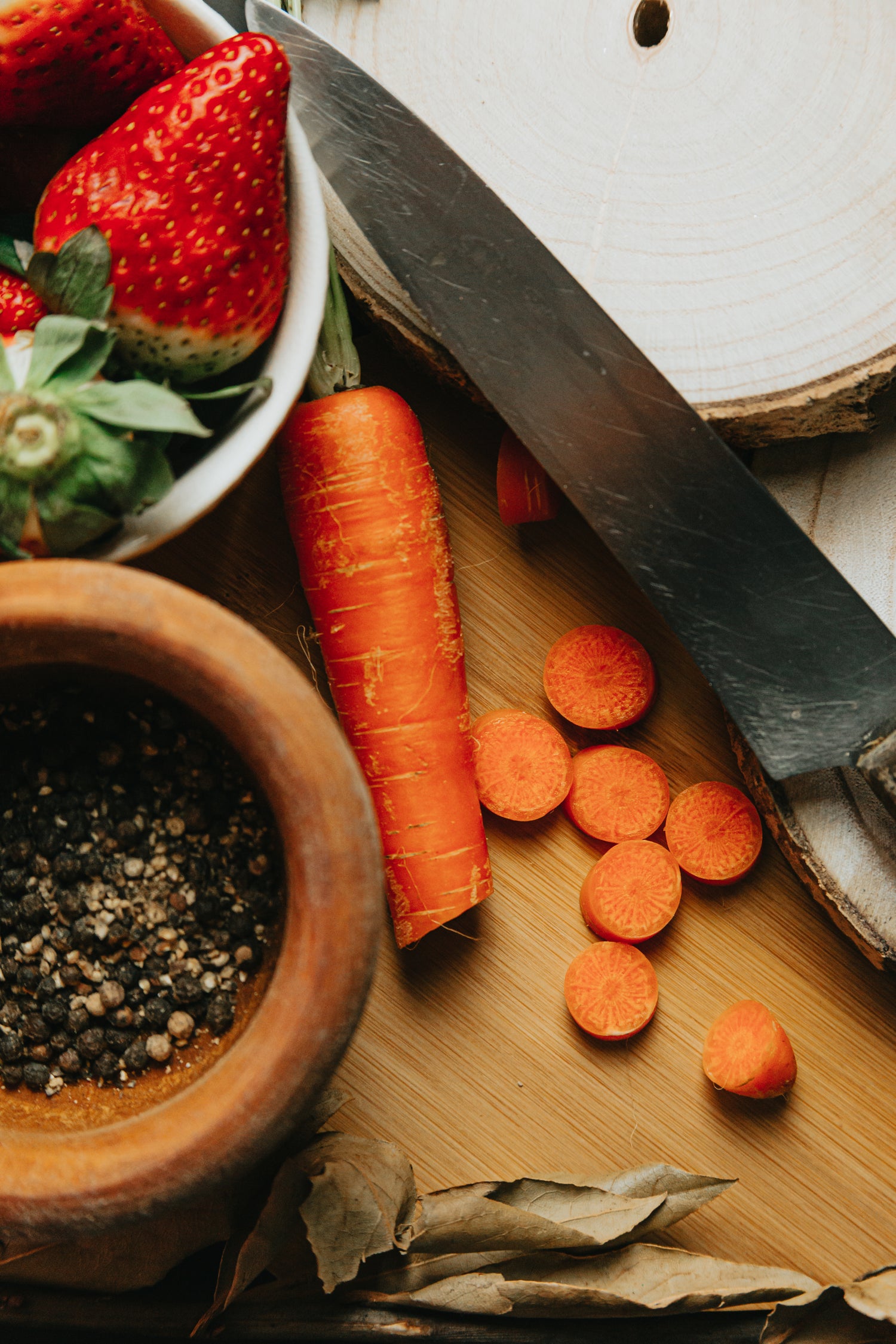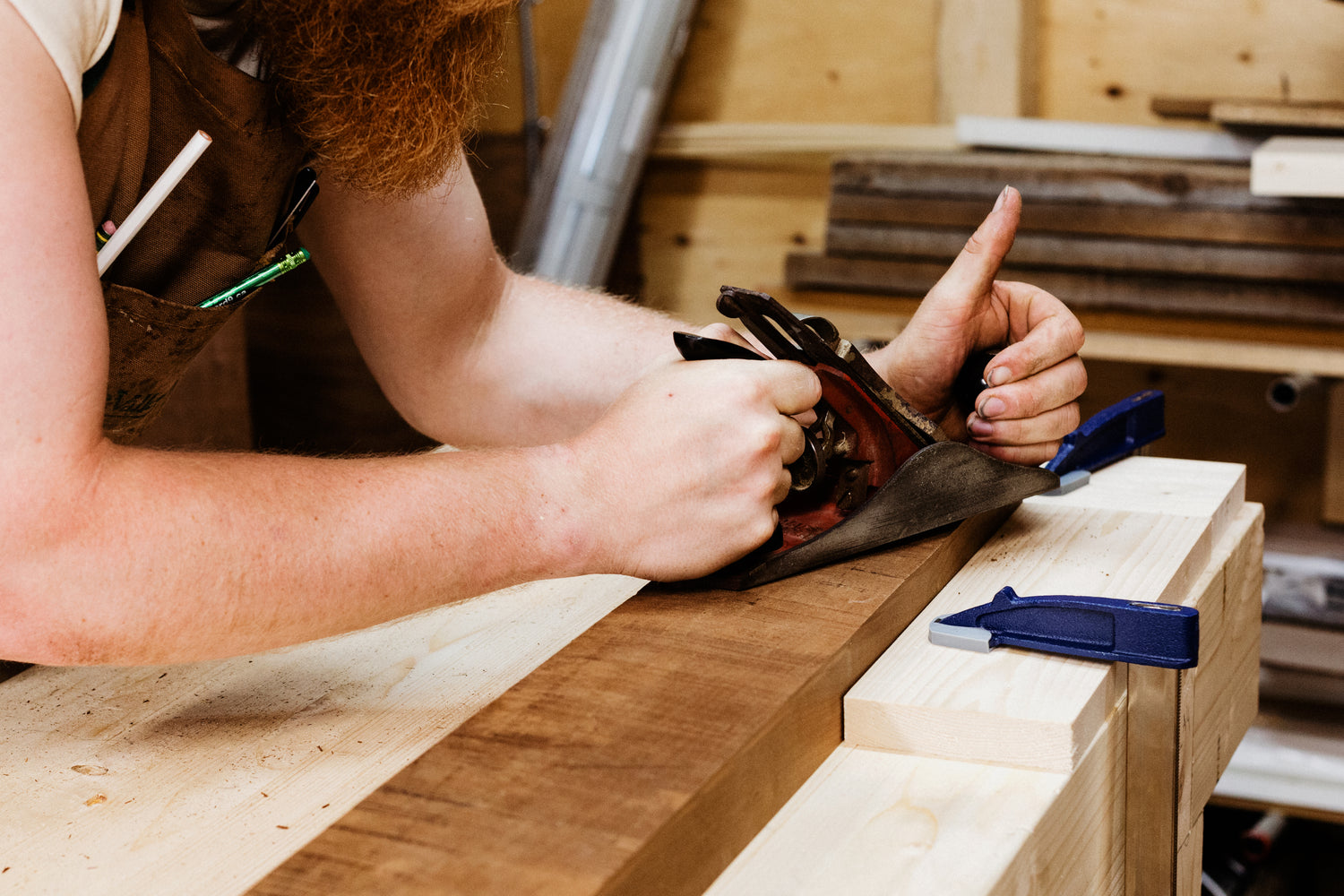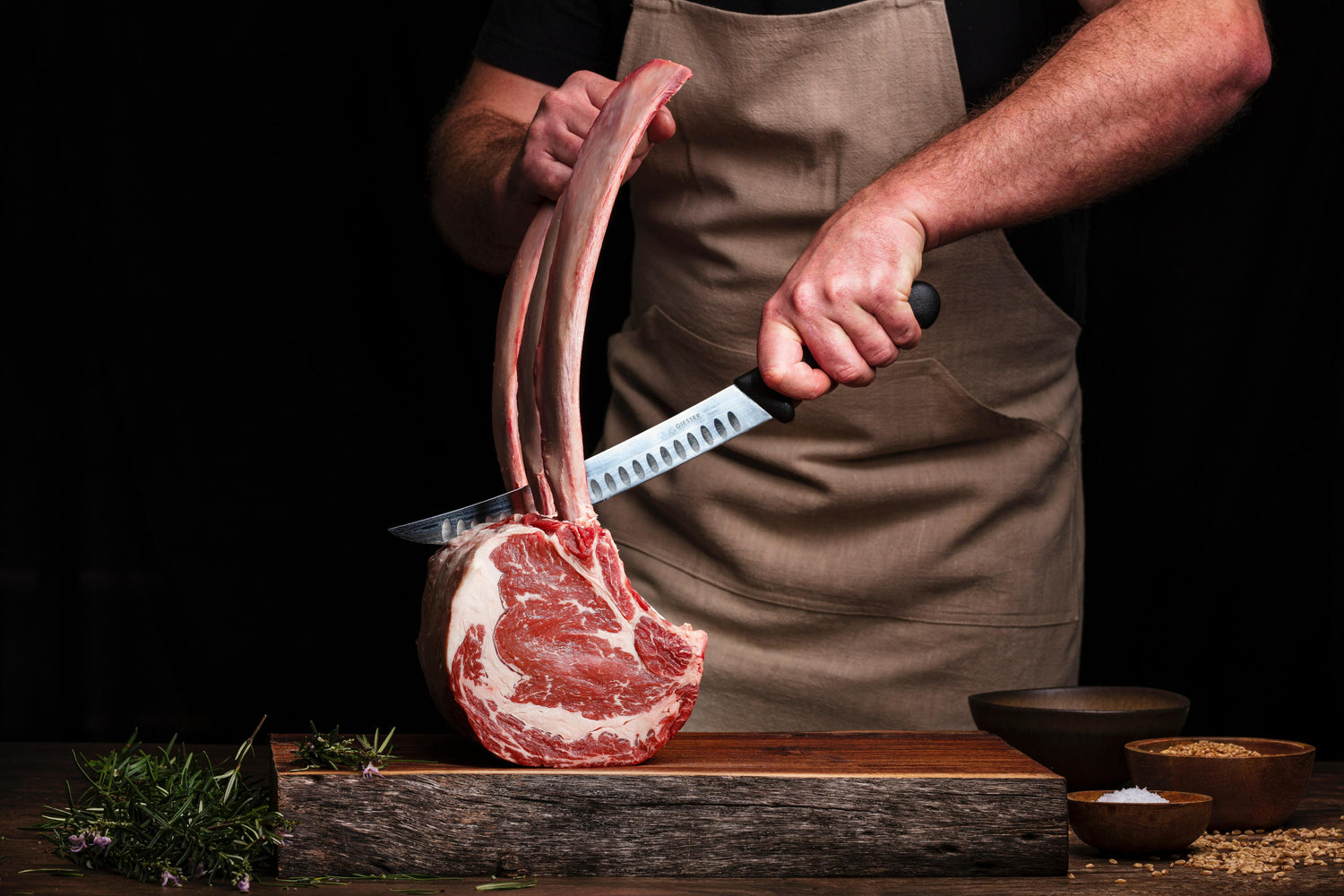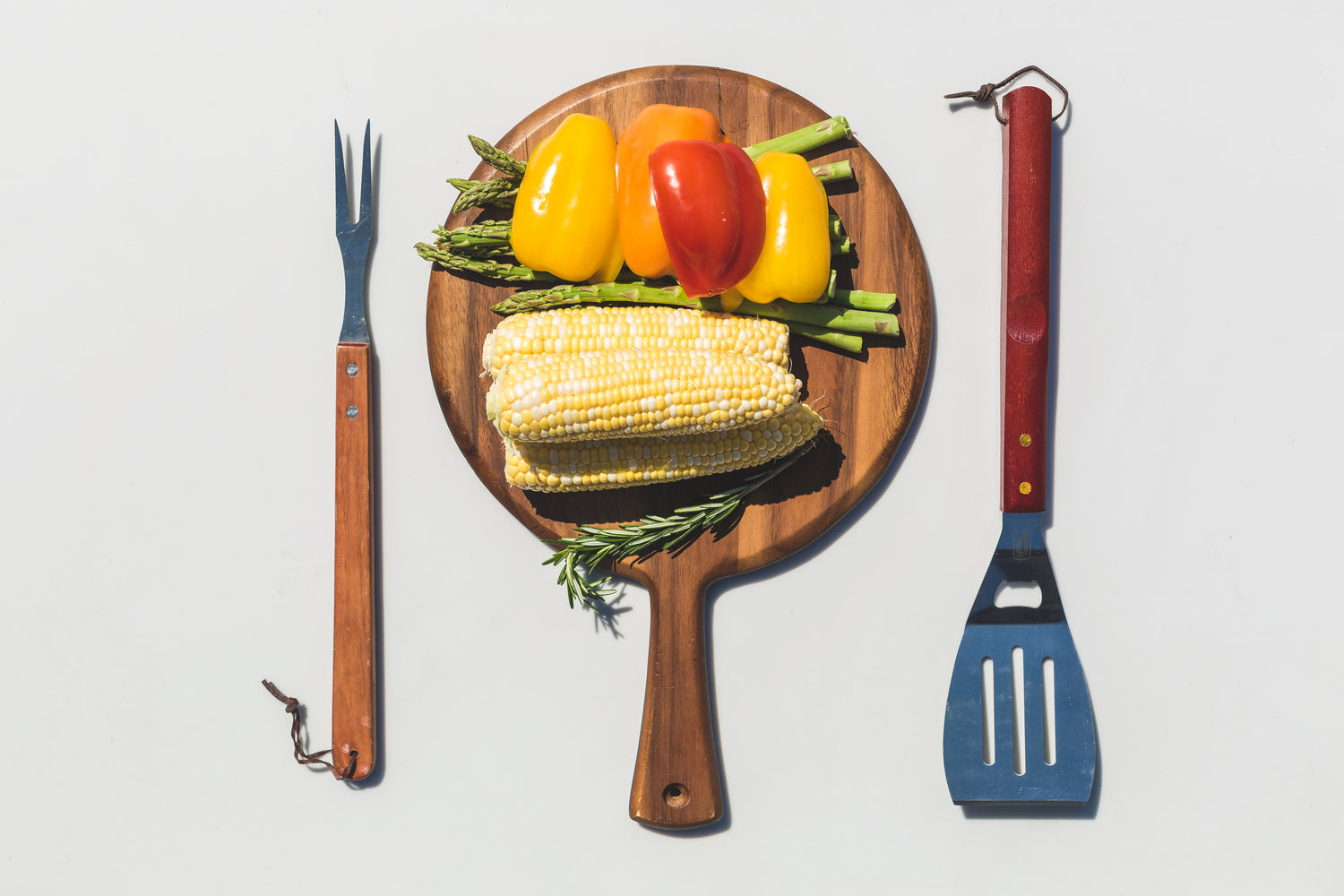Cutting Board Guide

Cutting Board Selection
Every home Chef appreciates the importance of quality kitchen tools! Selecting a quality cutting board or Charcuterie board is a crucial part of your toolbox. Bamboo, plastic and glass are not good options. Bamboo is actually a grass and can wear out quickly and not be able to sand it down to refinish. Plastic can develop grooves that trap bacteria and both plastic and glass can dull knives. Epoxy is another poor material as it dulls knives and can chip.

What material should you choose, what are the options?
Hardwood is the best choice for cutting boards and charcuterie boards. Walnut is king with maple and cherry close behind. Softwoods such as pine, fir or cedar should be avoided as well as woods that are porous such as oak and ash. Some woods can splinter easily over time such as purpleheart.

Types of wood cutting boards
The 3 main types of wood cutting boards are, face grain. edge grain and end grain. Each have there pros and cons. Face grain boards are essentially the face or top of the board, these boards are the least labour intensive and typically cheaper. Edge grain is the side of the board. Face grain and edge grain boards are harder on knives and they will show cuts in the board more quickly as the grain is cut with the knife, edge grain boards are more durable than face grain. End grain cutting boards are when the end grain of the wood is exposed, these boards "self heal" as the edge of the knife cuts into the grain and will close in over time, they are easier on knives however require more upkeep and are not the best for carving meats as the end grain can soak up meat juices and are recommended more for non protein food preparation.

Cutting Board Care
All our cutting and charcuterie boards come pre-seasoned with mineral oil and rubbed with board butter. To care and extend the life of your board we recommend cleaning your board with mild dishsoap an dishwater, dry with a tea towel, do not let rest or soak in water, never put boards in the dishwasher. Every 3 months rub a generous coat of board butter on all surfaces and buff off excess.
